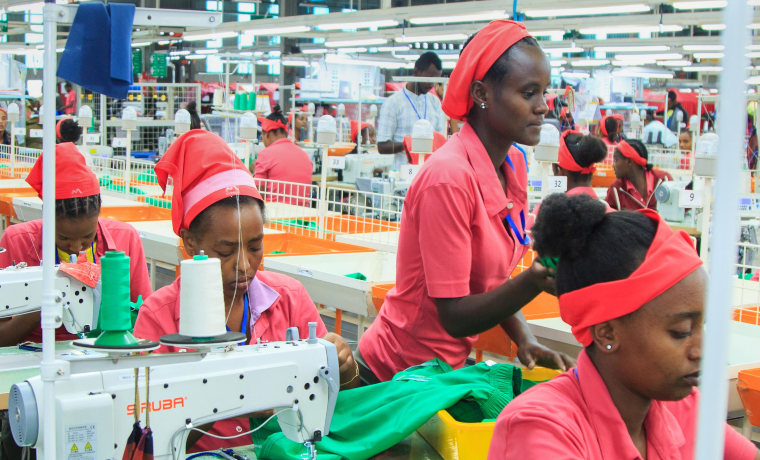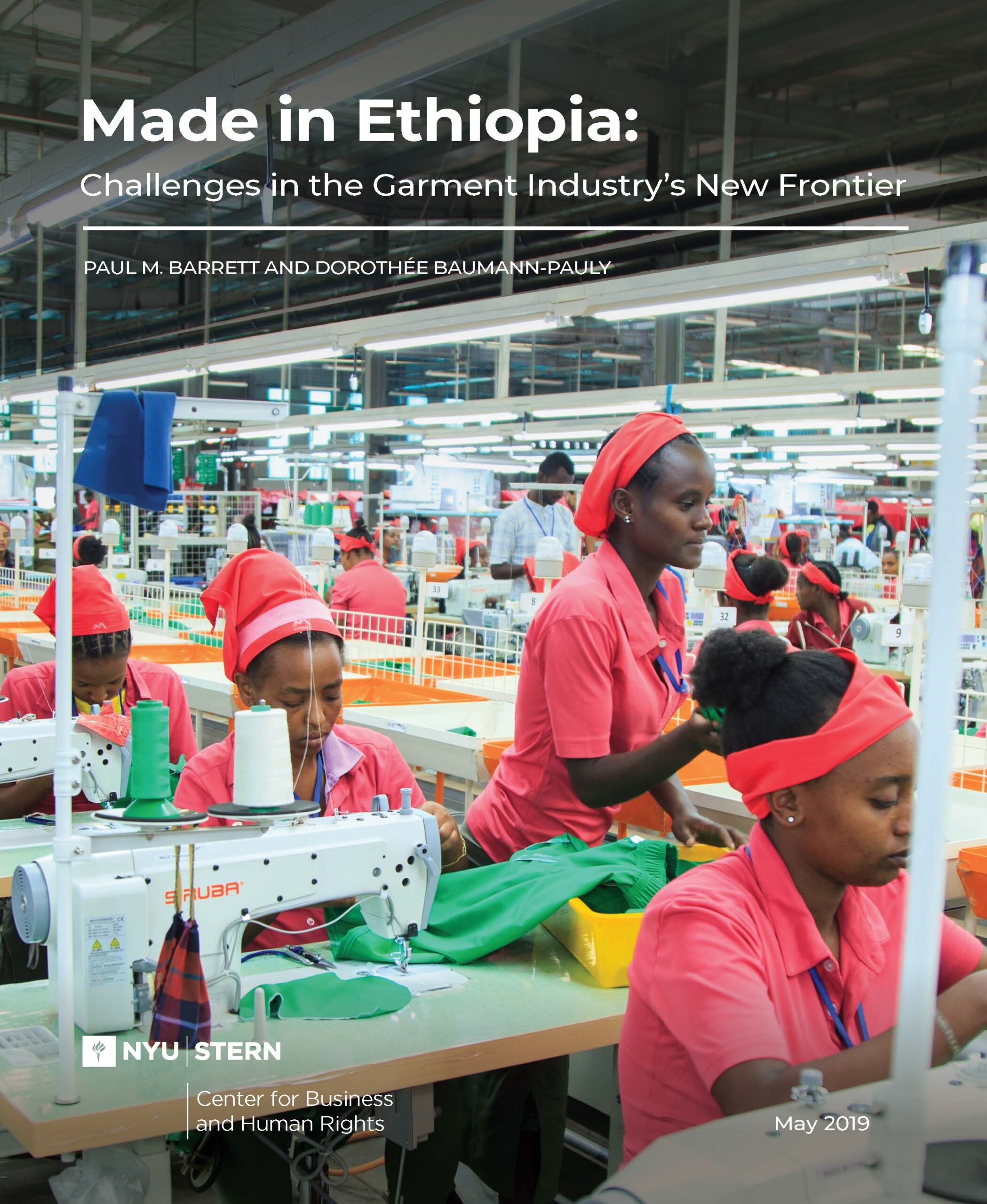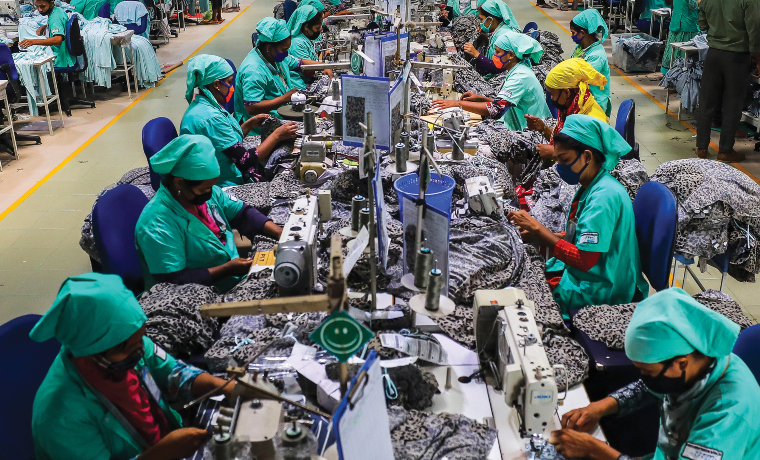Made In Ethiopia: Challenges In The Garment Industry’s New Frontier

May 2019
A new frontier in garment manufacturing
In recent years, Ethiopia has launched a bold economic and social experiment by inviting the global garment industry to set up shop in the East African country. The CBHR team researched the challenges and opportunities.
Ethiopia has the lowest wages in any garment-producing country.
One place for the apparel industry to start is ensuring that Ethiopian factory employees are well-trained, motivated, and paid enough to afford basic necessities.


Top fashion brands are sourcing from Ethiopia’s Hawassa Industrial Park.
Drawn by newly built industrial parks and a range of financial incentives, manufacturers for some of the world’s best-known brands—among them, H&M, Hanes, and PVH (Calvin Klein, Izod, Tommy Hilfiger)—employ tens of thousands of Ethiopian workers in a nascent sector the government predicts will one day have billions of dollars in sales.
Related
See allConscience Incorporated
In his new book Conscience Incorporated, Michael Posner, director of the Center for Business and Human Rights, offers practical strategies and bold reforms to help businesses align profitability with ethical responsibility.
Setting Higher Standards: How Governments Can Regulate Corporate Human Rights Performance
Our report, released three months after the landmark CSDDD entered into force, provides a roadmap for regulators and companies navigating a new era of corporate human rights responsibility.
A Broken Partnership: How Clothing Brands Exploit Suppliers and Harm Workers –And What Can Be Done About It
Ten years after the Rana Plaza factory collapse, a new report from the NYU Stern Center for Business and Human Rights calls for a reformed collaborative approach to the outsourced manufacturing of apparel—one that does not create unfair economic pressure on factory owners, who all too often respond to such exploitation by reducing wages and benefits for their poor employees.

 Global Labor
Global Labor Safeguarding Outsourced Labor
Safeguarding Outsourced Labor
